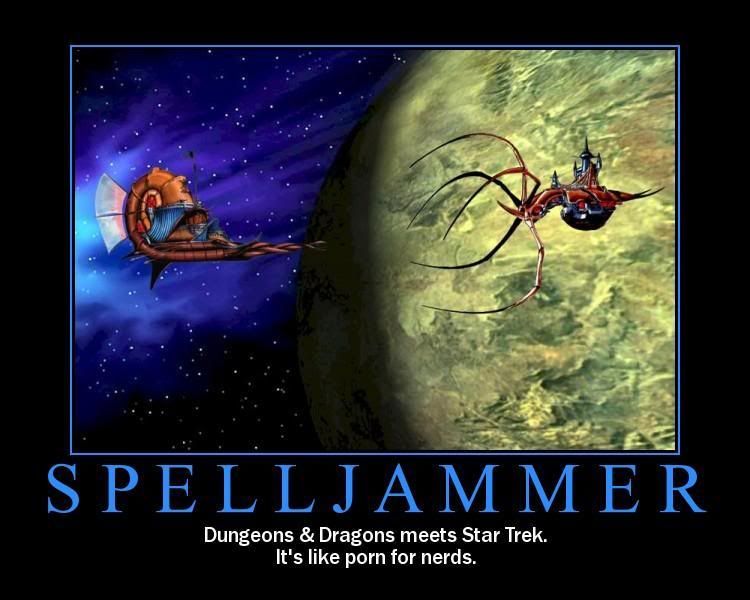
Taking aim on your favorite class
Every so often, Blizzard patches World of Warcraft. With dozens of dungeons, ten distinct classes and millions of players, a balancing act is inevitable. When new expansions happen, talent and gear combinations can lead to unforseen consequences, and Blizzard makes it a point not to see one class outstrip all of the others in chosen areas of performance.
Case in point: patch 4.0.6 and hunters.
Taking the damage output of an ability or talent for the sake of game balance is colloquially called a “nerf”. Amongst the 19 nerfs being applied in this upcoming patch are several to hunters, specifically those using the survival specialization. For a while, it looked as if survival hunters were going to enjoy total dominance of the all-important DPS meters in raids. Not anymore, if Blizzard devs have anything to say about it.
According to some sources, survival hunters were doing around 20,000 points of damage per second (dps) in endgame raids. Some number-crunching from the community theorizes that this round of nerfs will reduce that number by 10-15%, putting hunter dps output at around 17,500, which is on par with assassination rogues, unholy death knights and destruction warlocks.
To a rather vocal portion of the community, this is completely unacceptable.
“How can you do this to us?” they cry. “Does Blizzard not know how hunters work? How am I going to get into raids if my damage sucks this much? I’m rolling a new character/quitting the game because of this!”
Let me take these in order.
How can you do this to us?
They’re Blizzard. They’re developing the game. It’s an ongoing process and some of this might get rescinded in a hotfix or another patch. Calm down, it’s nothing personal. They have an overview of how the entire game is now and where they want it to go. You have some virtual bits of armor and a spreadsheet.
Does Blizzard not know how hunters work?
I’d say they do. A hunter is not that different from a warlock, a mage, or any other class that produces damage instead of maintaining control of the enemy (tank) or keeping the party alive (healer). The job of the hunter is to reduce the enemy’s health, control any crowds that appear or would interfere with the tank or healer, and stay alive long enough to make a difference in the encounter. That’s how all the dps classes work. Hunters are no different. To pretend they are, that they’re supposed to be some paragon of precise point production, is ludicrous. It’s a sentiment that reeks of entitlement.
How am I going to get into raids if my damage sucks this much?
Simple. Be good at your class.
Let me reiterate. Your job, as a hunter, is to produce consistent ranged dps, without needing to pause for mana or worrying about running out of your resource. Focus regenerates itself, and only does so faster if you use the right skills in the proper rotation. You also need to trap enemies intending to rape your healer in the nostrils, give the tank your threat so he maintains control of his target, and stay alive by following the old platforming rules of “move correctly” and “do not die.”
In other words, if you focus entirely on the numbers of your damage meter by hitting shot buttons, you are going to fail. The party will get wiped out and nobody will advance. I’ve seen this happen, and I’ve seen hunters in the aftermath blame other players for their mistakes. At least now those players can be kicked, but it doesn’t stop them for making hunters out to be one of the worst-behaved classes in World of Warcraft.
Please stop. I like being a hunter. I like bringing skills and abilities to the party no other class can. I like my pets, my bows and my engineering trinkets. Stop trying to ruin it.
I’m rolling a new character!
Fine. One less person rolling on gear I want.
I’m quitting the game because of this!
Um. Bye, I guess. Sorry to see you go.
Seriously. People need to calm the hell down.






 These are both fantastical and somewhat clean examples of this sort of multilateral storytelling. For a messer but more popular example, look no further than DC Comics. I won’t go into laborious detail over DC’s multiverse –
These are both fantastical and somewhat clean examples of this sort of multilateral storytelling. For a messer but more popular example, look no further than DC Comics. I won’t go into laborious detail over DC’s multiverse – 
